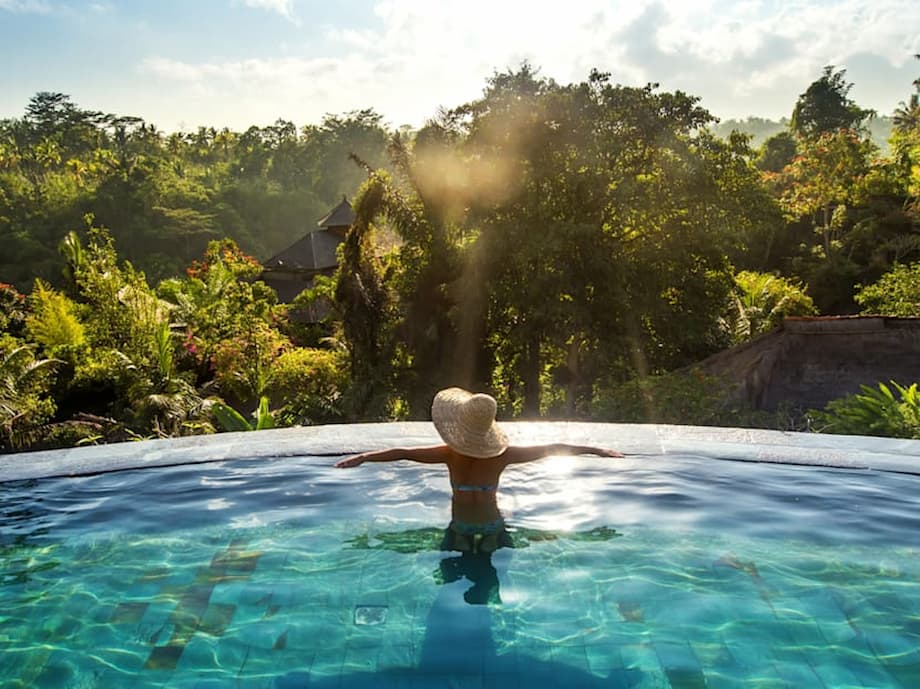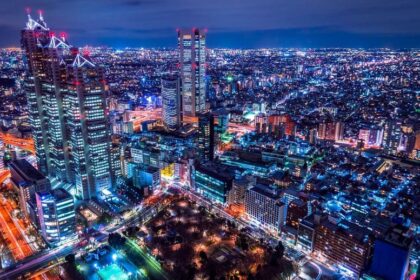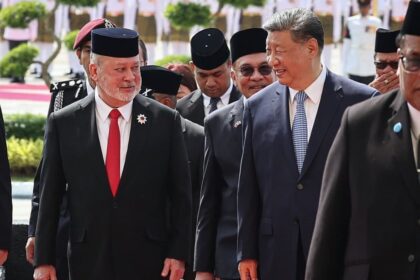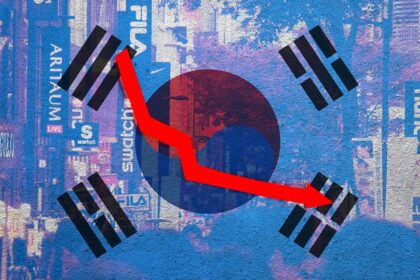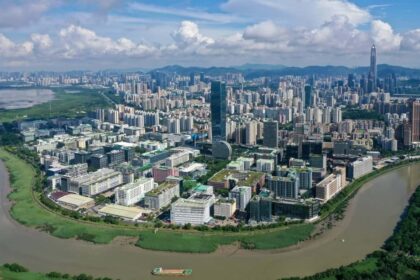From loud logos to quiet mastery
Across Asia Pacific, the richest are pivoting from big logos and red carpet moments to privacy and feel-every-stitch craftsmanship. Spending that once went to statement handbags now flows to experiences that cannot be copied. Think a villa that filters out social media, a chef who texts a menu hours before dinner, or a mountain retreat where the prize is silence. This shift, often called silent luxury, is not a fad in 2025. It is becoming the new playbook for status. The idea is simple. Real wealth does not need to shout. It curates, it lasts, it is recognized only by those who know. That view is reshaping fashion, travel, dining and property from Tokyo to Singapore, and it is changing how brands grow in the world’s most dynamic luxury region.
- From loud logos to quiet mastery
- Why Asia Pacific is leading this shift
- Experiences beat objects
- Craft, heritage and the pull of local identity
- Fashion without a label
- Money is moving toward quiet brands
- How wealthy Asians signal status today
- Frictions and uneven adoption
- What brands should do now
- Key Points
Quiet luxury and silent luxury are often used as if they are the same. They are related yet distinct. Quiet luxury describes products that put material and construction ahead of logos. Silent luxury extends that idea to a full way of living. It favors longevity over novelty, time with family over guest lists, and the finest materials over seasonal drops. It values craftsmanship you can feel and a design language that reads as timeless. A coat that wears in, not out. A leather bag without a stamp that still tells its story through touch. A trip designed for one person, not for likes. Status is coded in quality and in privacy.
In Asia, that code shows up in very specific ways. Private omakase counters in Kyoto now ban photography. Bali wellness resorts offer multi day digital detox with no social media. Tailored itineraries in Bhutan start with a handwritten invitation, not a QR code. Members only clubs across Singapore and Hong Kong are growing, pairing deep personalization with strict discretion. The result is a quieter, more human form of prestige that resonates with a generation that wants meaning, not noise.
Why Asia Pacific is leading this shift
Two forces put Asia Pacific at the front of this change. Demographics and money. The region added vast new wealth over the past decade, and much of it sits with younger clients. Millennials and Gen Z now account for close to half of luxury spending in China and South Korea. They are less interested in loud logos and more drawn to authenticity, craft and personal meaning. This is visible well beyond fashion. Research on 2025 travel shows affluent travelers in the region are taking fewer trips, spending more per trip, and planning with intention. The new status symbol is not five countries in two weeks. It is a trip designed around learning, restoration and connection.
Culture and policy also play a role. New research from WGSN points to a pivot toward lo fi luxury and regional pride, with young consumers choosing brands and experiences that reflect local identity. In China, tougher rules on flaunting wealth online have shifted attention from public display to private enjoyment. That does not mean logos vanish. It means the most prized signals move behind closed doors, inside trusted communities, and inside garments and objects that reveal quality only up close.
Money is following these preferences. The experiential side of luxury, from travel to social events, is growing faster than personal goods. Analysts estimate that Asia Pacific drives roughly one third of the growth in experiences. Wellness tourism alone is on track to pass 1.4 trillion US dollars worldwide by 2027, with Asia as the fastest growing contributor. Experiential dining in Asia is also expanding at close to 9 percent compound annual growth, and the most prized tables have no logo on the menu and no need for a photo wall.
Experiences beat objects
Travel and hospitality across the region are recalibrating around this quieter demand. Luxury groups report that clients want seclusion, space and deeper engagement with nature and local culture. Resorts such as Aman and Six Senses are adding properties in Vietnam and Australia. LVMH properties under Cheval Blanc and Belmond report heavy bookings from Asia Pacific clients seeking privacy and personalization. Mountain destinations like Andermatt Swiss Alps are drawing buyers who care less about a famous address and more about peace, with roughly 8 percent of residences owned by Asian buyers yet a strong pipeline of visitors who want quiet.
A new look at affluent travel patterns finds that the wealthiest are choosing unexpected places and building itineraries for emotional return. One example is rising interest in Bangladesh among luxury travelers from the region. The goal is not to tick boxes. It is to come home changed. The same report shows a pullback in trip frequency and a rise in spend per trip. Travel has become a craft in its own right, planned with the same care as a made to measure suit.
Cruising is evolving along similar lines in Southeast Asia. The luxury cruise segment reached roughly 5 billion euros and grew by about 30 percent over 2023. It is shifting toward smaller ships, itineraries that focus on nature and culture, and onboard programs that feel like private salons rather than mass entertainment. Clients pay for intimacy and for depth.
Craft, heritage and the pull of local identity
On the product side, Asian markets are embracing a quieter idea of excellence in their own ways. In Japan the highest praise often goes to makers who treat craft as a life practice. Names known among insiders, from knife makers to fabric houses, prioritize detail and durability. In China, a wave of homegrown brands blends classical forms with contemporary function, and speaks to the culture directly. In India, quiet luxury is intertwined with sustainability and ethical production, with brands that partner with artisanal communities and use organic materials. Singapore and Malaysia show a blend of innovation and heritage, where modern design sits on deep craft traditions in jewellery and metalwork.
Vietnam gives a vivid case study. Gia Studios, founded by fourth generation tailor Lam Gia Khang, builds its garments one by one in a workshop that feels like a family. The brand draws on a lineage that mixed French and American training with a Vietnamese spirit, and it is now stocked by leading retailers in the region. The focus is not on spectacle. It is on cut, fabric and finish, with a belief that timeless pieces speak louder than trends.
This approach echoes a long held tension inside fashion. Some of the most influential designers have wrestled with a love of luxury and a dislike of what ostentation does to it. Miuccia Prada, the co chief executive and creative director of Prada, captured that paradox in a line many in the industry remember.
“I am naturally attracted by opposites: I love luxury and yet I hate luxury. I struggle between democracy and exclusivity. I hate the idea of everybody wearing Prada.”
Silent luxury resolves that tension by separating the act of making from the act of broadcasting. The object retains its soul. The wearer retains privacy. Recognition happens among peers, not across a feed.
Fashion without a label
In this climate, brands that speak softly are thriving. Hermes, Loro Piana, The Row, Jil Sander and Bottega Veneta sell pieces that make their case through touch and line, not oversized marks. Moncler and Miu Miu have also posted strong growth, while some logo heavy houses faced a cooler market. Clients are shifting spend to hero products from brands that excel at a single category, whether that is cashmere, leather or tailoring.
Younger buyers across Asia are also elevating local labels. Korean and Southeast Asian handbag makers are gaining traction with minimalist design, quality construction and a clear sense of origin. Indonesian names such as Rounn are finding fans in Indonesia, Singapore and Malaysia. Prices are often more accessible than European rivals, yet the identity is strong. K dramas and pop culture have boosted visibility, and a new wave of brands is now exporting a quiet, confident aesthetic.
Money is moving toward quiet brands
Capital is following the same path. A major Singapore investor recently took a 10 percent stake in the Ermenegildo Zegna Group, about 126 million US dollars. The investment is a bet that silent luxury and Asia growth are durable. Zegna controls much of its fabric production through a network known as the Filiera, which helps protect quality. It is expanding from classic tailoring into refined leisurewear, and it has a large retail footprint across mainland China, Japan, South Korea, Singapore and Hong Kong. A board appointment for the investor signals deeper engagement.
Across the public markets, a basket of quieter luxury companies outperformed their louder peers by about twenty three percentage points in 2023. Investors are rewarding brands that can defend prices through craft, control their supply chains, and cultivate loyalty without constant novelty.
How wealthy Asians signal status today
In the social world of luxury, signals are changing too. Access matters more than exposure. Entry to a members only club that frowns on cameras sends a stronger message than a logo hoodie. A dinner prepared by a chef who avoids press matters more than a post from a lounge that anyone can book. In cities like Singapore and Hong Kong, private clubs and ultra personalized travel services are expanding to meet demand.
Property choices fit the same pattern. Buyers are paying premiums for peace, privacy and legal clarity. Alpine destinations that limit speculation attract a particular clientele. Andermatt Swiss Alps, for example, draws clients who want tranquility and takes pains to preserve it. Ownership from Asian buyers is still a small fraction of the total there, yet interest from the region is steady because the promise is restorative time, not a billboard address.
Frictions and uneven adoption
Adoption is not uniform across Asia Pacific. In China, the mainstream still shows a strong appetite for logos, and many retailers continue to buy more monogram products to serve aspirational clients. In emerging affluent markets, visible luxury remains a powerful signal of progress. That reality sits alongside a quieter elite that is moving in another direction.
The divide helps explain the rise of dupe culture, where mass consumers buy lookalike versions of luxury goods. It also explains the growth of the second hand trade in quiet luxury items. People who want quality without the sticker shock are turning to resale for cashmere, leather and tailoring from brands known for durability. Buyers over 35 with time abroad behind them often lead that trend, but a younger crowd is learning it fast.
What brands should do now
Brands that want to win in this cycle need equal parts product rigor and service design. That means fewer, better hero products. It means storytelling that is rooted in craft rather than hype. It means privacy by design in stores and experiences, where a client can be present without a camera in the room. It also means local fluency, hiring teams and collaborators who understand culture and values in each market.
A simple checklist for the quiet client
- Build hero products that last ten years, not ten months.
- Invest in materials and traceable supply chains.
- Offer private, appointment only services with strict discretion.
- Create itineraries and events that cannot be copied or posted.
- Train staff to protect privacy and read subtle signals of taste.
- Speak with regional pride and work with artisans and local makers.
- Keep price integrity, avoid constant markdowns and hype cycles.
Key Points
- Silent luxury in Asia Pacific favors privacy, longevity and craftsmanship over display.
- Millennials and Gen Z drive the shift, helped by cultural pride and tighter rules on flaunting wealth online in China.
- Experiential luxury outpaces goods, with Asia Pacific fueling roughly one third of growth.
- Wellness tourism is set to pass 1.4 trillion US dollars by 2027, and experiential dining in Asia is growing near 9 percent per year.
- High end travel is becoming intentional, with fewer trips, higher spend per trip and interest in unexpected destinations.
- Resorts and hotels are pivoting to seclusion, personalization and deeper local engagement, while luxury cruising in Southeast Asia is expanding.
- Local brands across Japan, China, India, Singapore, Malaysia and Vietnam use heritage and craft to define quiet excellence.
- Korean and Southeast Asian handbag labels are winning young buyers with identity, quality and accessible pricing.
- Investors back the trend, illustrated by a 10 percent stake in Zegna and stronger stock performance for quieter luxury brands in 2023.
- Adoption is uneven. Logos still rule in many segments, while an elite embraces subtle signals, members only access and discreet service.


